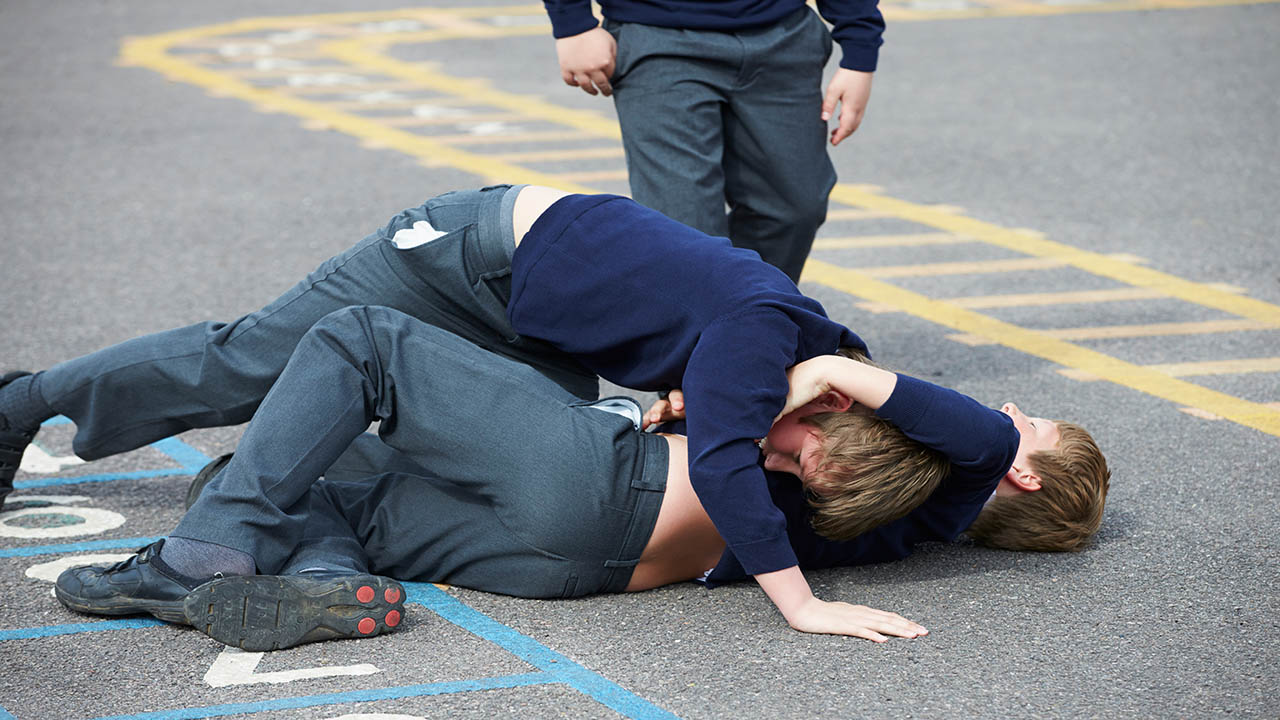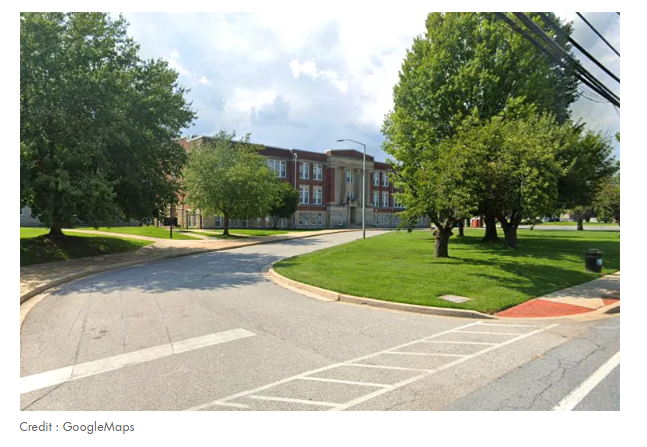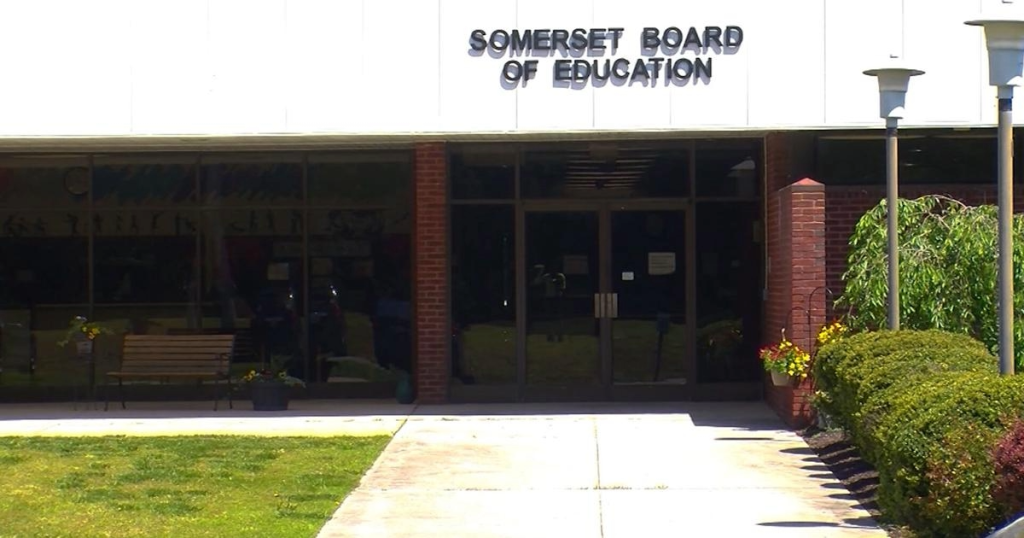

Are Maryland’s Stricter Discipline Policies Working, or Just Rewriting the Numbers?
As districts tighten codes of conduct, official data looks cleaner. Yet many educators say misbehavior hasn’t gone away — it’s just harder to report.
When a classroom fight causes a lockdown or a teacher is shoved in a hallway, school leaders hear the same thing from parents and stakeholders; “make schools safe!” This year, two of Maryland’s largest systems, Montgomery County and Baltimore County, have moved to tighten codes of conduct, reclassify violent and threatening behaviors as the most serious offenses, and increase the range of possible consequences. The changes reflect a broader, practical question districts face: when behaviors worsen, what kind of penalties and supports keeps students and staff safer, and how well do the numbers tell the whole story?
What districts changed
Montgomery County has revised its Student Code of Conduct for the 2025–26 year to move certain threats and violent acts into higher disciplinary tiers, where long-term suspension or expulsion is on the table. The new document explicitly places offenses such as bomb threats, assaults on staff, and weapons possession into Level 4 or Level 5 categories, which are the most serious and indicate the most serious responses. The district public messaging says the goal is to protect students and employees and to provide consistent, predictable consequences.
Baltimore County’s communications and updated handbook also emphasize an urgent response to increasing dangerous behaviors, such as threats of mass violence and weapon possession and fighting and outline stronger enforcement of codes of conduct and safety plans. District statements say the updates are part of a comprehensive safety posture that includes shared accountability and clear expectations.
What the numbers say
Official incident and discipline reports present a complicated picture. Statewide data collected by the Maryland State Department of Education (MSDE) for recent years provide the baseline for understanding trends in suspensions, expulsions, and the categories behind them. The MSDE publications list out-of-school suspensions and expulsions by offense category for each district, enabling local comparison and year-to-year tracking. Those reports are the primary resource districts and advocates use to measure change.
At the district level, Montgomery County reported roughly a 10% decrease in reported student safety infractions for the 2024–25 school year compared with the previous year. Montgomery officials attribute part of that decline to a set of interventions such as technology (vape detectors), safety walks, and clarified response protocols — implemented alongside the code updates.
But other metrics complicate the “decline” narrative. MCPS data presented to the board showed substantial increases in specific categories even as total incidents lessened. Weapons discoveries were reported up about 30% year-over-year, false alarms and bomb threats increased by double-digit percentages, and trespassing incidents rose as well. Basically, fewer total recorded infractions, but more incidents that are much more dangerous.
Baltimore County also has publicly documented the kinds of incidents creating concern. The district’s communications note a sharp rise in disruptive and dangerous behaviors early in the 2024–25 year, pointing specifically to threats of mass violence, fighting, and weapons on campus as reasons for the stricter enforcement and renewed emphasis on safety plans.
Why the data can be misleading
There are three reasons official counts can be deceptive and paint an incomplete picture.
First, classification changes (what offense counts as what level) can change the totals. If serious behaviors are shifted into higher tiers, they may be recorded differently in year-to-year comparisons, making simple percent changes hard to interpret without examining categories closely. MCPS’s move to reclassify threats and assaults into Level 4–5 is a direct example. This change impacts on how future incidents are counted and what responses are triggered. Montgomery County Public Schools
Second, reporting practices influence totals. Some schools and districts have invested in systems to detect and log incidents more systematically (for example, anonymous tip lines and tech for monitoring). Other schools may focus on de-escalation and incident resolution without creating a formal report in the same way, which can reduce the reported numbers while not necessarily meaning fewer problems. Maryland’s statewide tip line and district-level safety reporting systems exist precisely because officials recognize that raw totals may miss nuance. Maryland Public Schools+1
Third, qualitative reality can differ from quantitative trends. Teachers and parents frequently report anecdotally that day-to-day disruptions, chronic disrespect, frequent classroom arguments, and low-level threats, make instruction harder even when the district’s overall incident totals decline. In Montgomery and Baltimore counties leaders are attempting to reconcile fewer total “incident events” on paper while the actual experience of teachers says class time is repeatedly interrupted by behavior that may not always rise to formal reporting thresholds. MCPS and BCPS officials have acknowledged that protecting learning time is a priority even as they refine how incidents are categorized and handled.
Are stricter penalties working?
The short answer: Maybe. Stricter consequences send a message and can contain the most dangerous behaviors such as weapons possession, bomb threats, and assaults by removing the most serious offenders from general classrooms. That can create space for safety and recovery. But penalties alone do not prevent the underlying behaviors that lead to incidents. Mental-health crises, peer conflict, underlying trauma, and outside influences all play a role.
When districts couple consequences with targeted supports, behavior intervention teams, counseling, threat assessment protocols, and alternatives to exclusion, outcomes look better. Montgomery County presentations point to a combination of security measures and support programs as drivers of their overall decline in reported infractions. Baltimore County emphasizes that discipline is enforced alongside comprehensive safety planning at each school. But both systems face capacity questions: are counseling and intervention resources sufficient and timely for the kinds of issues that produce repeat disruptions? District communications acknowledge the tension between firm consequences and the need to resource supports.
What to watch next
For parents, teachers, and policymakers, the most important indicators will be not only the annual totals in MSDE’s suspension and incident reports but also the breakdown by offense category (weapons, threats, assaults), and the on-the-ground testimony from educators about learning-time loss. If the number of severe incidents (weapons, bomb threats, staff assaults) continues to rise even as overall totals fall, districts will need to reassess whether reporting, classification, prevention, and supports are aligned effectively.
Maryland’s Safe Schools tip-line and the MSDE data releases will remain central tools for tracking these trends; so will local board reports and community updates where districts publish the more granular numbers that reveal the trends behind headline percentages.
Maryland’s recent trend toward stricter discipline reflects an understandable correction to what many perceive as ineffective discipline policies as well as national conversations and federal level direction. When threats to safety increase, communities demand decisive action. Districts that use firm consequences along with, as opposed to in lieu of, supports such as counseling, behavior teams, threat assessment and reintegration plans stand the best chance of reducing both the most dangerous incidents and the day-to-day disruptions that continue to derail learning. But numbers alone can be misleading. A drop in total incidents does not automatically mean classrooms are calmer. To judge whether policy changes are succeeding, schools should look at the kinds of incidents rising or falling, how reports are classified, and what qualitative evidence teachers and students share about daily school life.
Dig Deeper With Our Longreads
Newsletter Sign up to get our best longform features, investigations, and thought-provoking essays, in your inbox every Sunday.
The MEN was founded by John Huber in the fall of 2020. It was founded to provide a platform for expert opinion and commentary on current issues that directly or indirectly affect education. All opinions are valued and accepted providing they are expressed in a professional manner. The Maryland Education Network consists of Blogs, Videos, and other interaction among the K-12 community.









